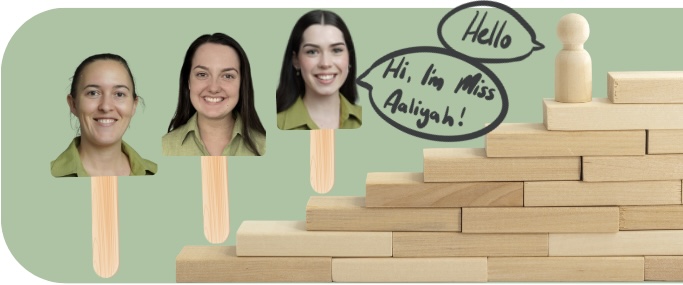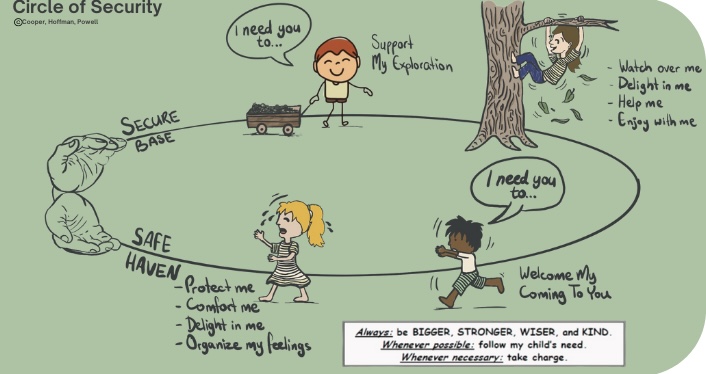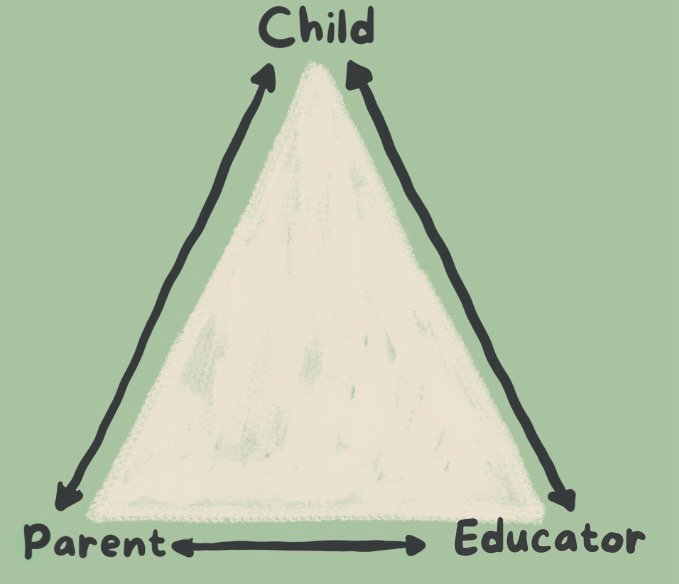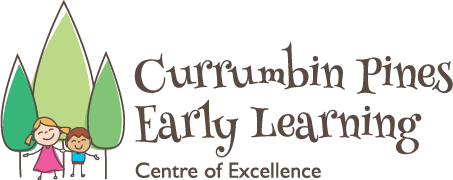info@currumbinpinesearlylearing.com.au
info@currumbinpinesearlylearing.com.au
Supporting Successful Transitions:
Big moves, Big Feelings
Written By Sienna Craig
Whether your child is starting in a new room at CPELC or embarking on the adventure into schooling, 2025 will begin with some changes in environment. So while we are in the transition phase, spending time in the new classrooms each week and facilitating interactions with new educators, what can parents do to support their children?
Acknowledging Change
New beginnings can be very exciting, whether its moving house, starting a new job or heading on a big holiday, there’s a lot to look forward to, but they’re not without their stresses, worries and even fears. So as children begin this process it’s important to acknowledge how big of a change this can be, especially for those heading to Prep.
Having discussions at home is a good way to prepare children for this transition, with an emphasis on positive language while also holding space for any other feelings that may be presenting themselves. “Wow, I saw a photo of you playing on the monkey bars in the Pelican yard today, it looked like so much, are you looking forward to being in the room after Christmas?” “Sometimes I feel nervous, and a bit scared to meet new adults, but Miss x and Mr x are very kind, maybe we could make them one of your special drawings/biscuits/etc”.
Play to Prepare
No matter their age, play is a universal tool for effecting communication with children. While children may not always be the best listeners, they are fluent in the language of play. So whether their dialect is building blocks, playing shops, creative arts, singing and dancing, sandcastles, race cars or dolls, this is the perfect opportunity for you to speak their language.

Let’s say your child is playing with their Lego, you sit with them and start building along side them, perhaps they start telling you about their rocket ship, which you ask all about, then when its your turn to share you say, “I’m building a BIG school with a really cool prep class”. As your child engages, they may take over while you ask little questions to understand how they’re feeling, help set their expectations and practice new routines from the morning prep to the school pick up to minimise the unknown aspects that may be cause anxiety. This Lego could stay on a shelf and be added too, with ongoing conversations, role play scenarios with little lego figurines. The same can be done with art, role play, dolls, etc.

For babies and toddlers it could be 3 to 4 peg dolls, blocks etc with a picture of each new educator on it (check out our staff photo wall in the office or just ask and we can print some for you!) use the blocks to tell little stories, “hello, come and play with us, we love reading books, playing games, dancing and eating yummy food”. This gives babies and toddlers a chance to get used to these new faces in their safest space-their home!
Understanding Attachment
The child’s first and strongest attachment is with their primary caregivers (parent/s), first formed in infancy based on how their needs are met. When children begin care, they need a serure base to connect to so forming attachments with their key educator/s is vital. When transitioning to a new room or to school, these key people may not be with them, so new attachments will need to be made. Of course, this takes time, and it’s one of the main reasons drop offs can be particularly difficult in the new year, so it’s the perfect time to renew yourself as your child’s anchor:
You are the centre of your child’s world, so while they’re experiencing change they look to you for stability, connection and safety. As the year comes to a close and they spend more time away from their new educators/teachers, they may need you more then usual to be their anchor. So use this time to foster secure attachment, play with them as much as possible, spend time doing family activities together, eat meals at the table together, read lots of stories, encourage them in their passions and delight in their joys. Children with secure attachments feel safe, and when children feel safe they are empowered and enabled to be brave, to try hard things, to learn and ask questions knowing that they are supported if anything goes wrong.

Supporting Connection
Children are incredibly attuned to their parent’s emotions, body language and tone of voice. So when you’re talking with or about their new educators, classrooms and schools, your language will set the child’s initial response to the new people and places.
Let’s say you’re meeting your partners’ boss, if for the past few weeks your partner has been coming home in a great mood, telling you how their boss appreciated their work, tells good jokes and is fair to everyone, you’re likely to like the boss before you even meet them. Alternatively, if your partner has been coming home feeling flat, and is unhappy with the boss, when you meet them, you’re likely to dislike them already and look for things to confirm this.
So in order to give your child the best chance to form positive connections with their new educators, show enthusiasm toward the new room, have chats with the educators where the children can see you smiling and laughing, afterwards say “wow, your new teachers are so nice/fun/ clever/kind”

New beginnings can be challenging, so remember to be patient with yourself and your child. Get to know your child’s educators, and learn how to best support one another through the transitional process and new year drop off’s. Keep in mind that it is developmentally appropriate for children to cry when their primary care giver leaves, in fact, it can be an indicator of a secure attachment. If you ever need to check in, you can always call and we will update you on how your child settled in. Check out Alison’s Parent Q&A on the next page for more on setting up the morning for successful drop offs, and learn about one of our key new year resources: the About Me book. If you have a transition/drop off strategy that works a treat, or want to share your journey through tough drop offs, we’d love to hear them and share them with out community, send them through to scraig@cpelc.au , we look forward to hearing from you!
Share Your Journey With Us
“The greatest gifts we can give children is the roots of Responsibility and the wings of
Independence” Denis Waitley
- Babies (6-15 months)
- Toddlers (15months-2 years old)
- Junior Kindy (2-3 years old)
- Pre Kindy (3-4 years old))
- Kindy (4-5 years old)
- 54a Guineas Creek Road Currumbin Waters 4223
- 07 55939977
- info@currumbinpinesearlylearning.com.au
Share Your Journey With Us
“The greatest gifts we can give children is the roots of Responsibility and the wings of
Independence” Denis Waitley
- Babies (6-15 months)
- Toddlers (15months-2 years old)
- Junior Kindy (2-3 years old)
- Pre Kindy (3-4 years old))
- Kindy (4-5 years old)
- 54a Guineas Creek Road Currumbin Waters 4223
- 07 55939977
- info@currumbinpinesearlylearning.com.au
